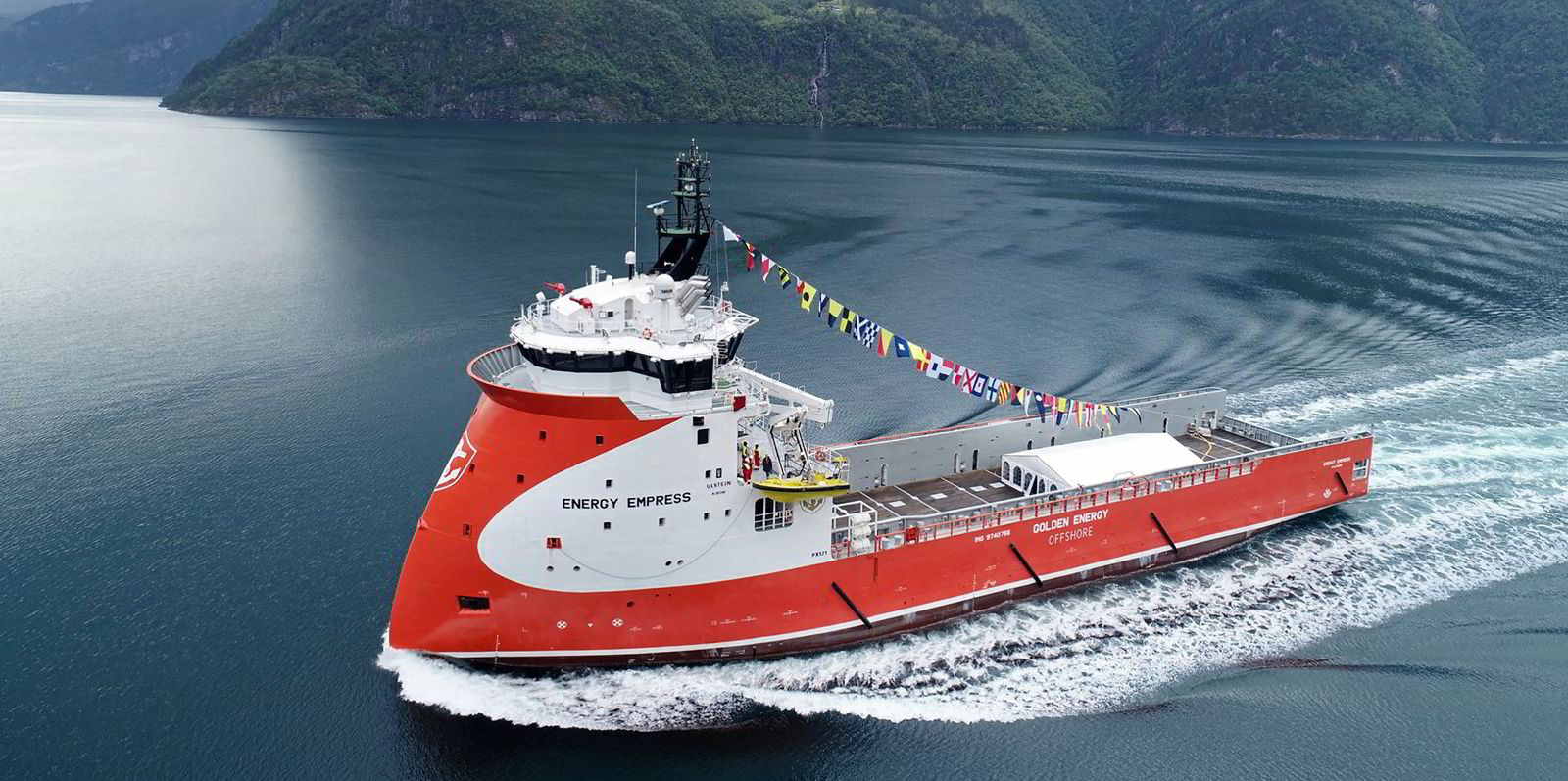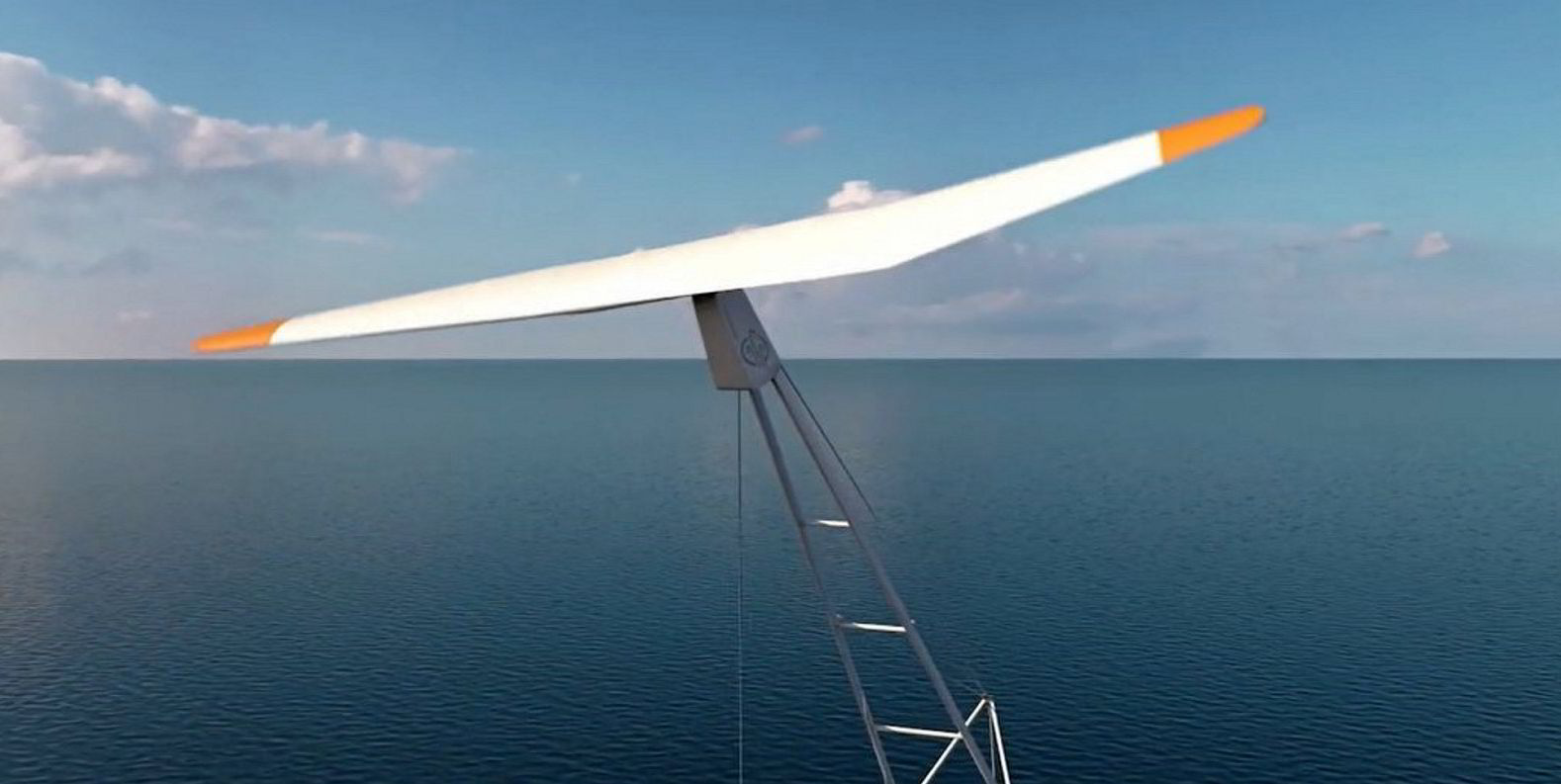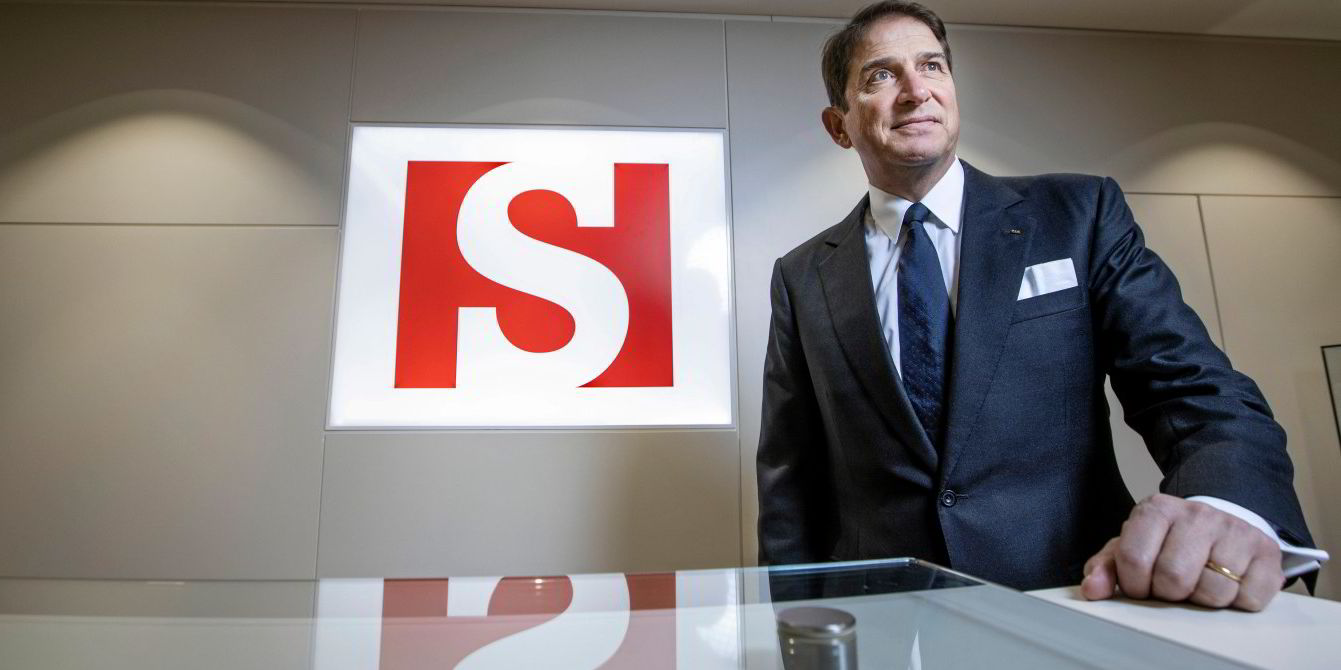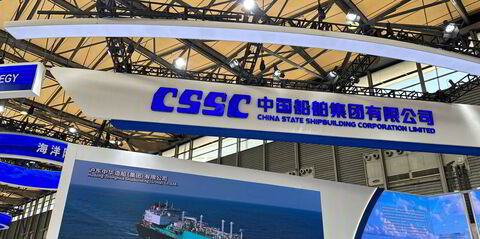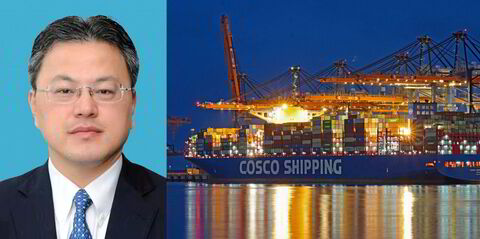Golden Energy Offshore narrowed its first-half loss as management continues to trumpet the company’s bright future.
The Oslo-listed, Alesund-based shipowner was NOK 3.9m ($366,418) in the red for the first six months of 2023, a considerable narrowing of its NOK 86.5m loss for the first half of 2022.
Despite the loss, chief executive Per Ivar Fagervoll said the company’s fleet — which swelled to eight ships with the addition of four platform supply vessels and a subsea support vessel from Vroon in August — was young with little competition from newer ships.
“With the continuous high utilisation of the existing GEOS [Golden Energy Offshore] fleet and the forecast of a continuously strong market, the acquired vessels will fit perfectly into our profile and focus area,” Fagervoll said.
He said Golden Energy Offshore’s six PX 121 PSVs, with an average age of 6.5 years, will be the youngest in the industry for several years.
“The market continues improving in several regions and the young fleet is in an attractive position for several business opportunities,” Fagervoll said.
For the half-year, the company earned NOK 77.8m — up from NOK 59.9m for the same period last year.
Its fleet of three vessels earned time charter equivalent averages of NOK 169,000 per day.
The company did note that it needed to raise liquidity. It currently has NOK 7.7m of cash on its balance sheet.
For the six months, utilisation came in at 95.6%, with Golden Energy Offshore noting that the North Sea spot market picked up as the weather warmed.
It said the Norwegian side of the North Sea has a significant shortage of available vessels, pumping up rates.
It said it expects rates to stay high.
“The seasonal volatility in the spot market has little impact on our forward-looking view on this segment,” Golden Energy Offshore said in its earnings report.
“The fundamental activity drivers for this segment are robust and we foresee a healthy market going forward on the background of expected high demand from increased activity levels and limited supply from a historically low fleet-to-orderbook ratio.”
